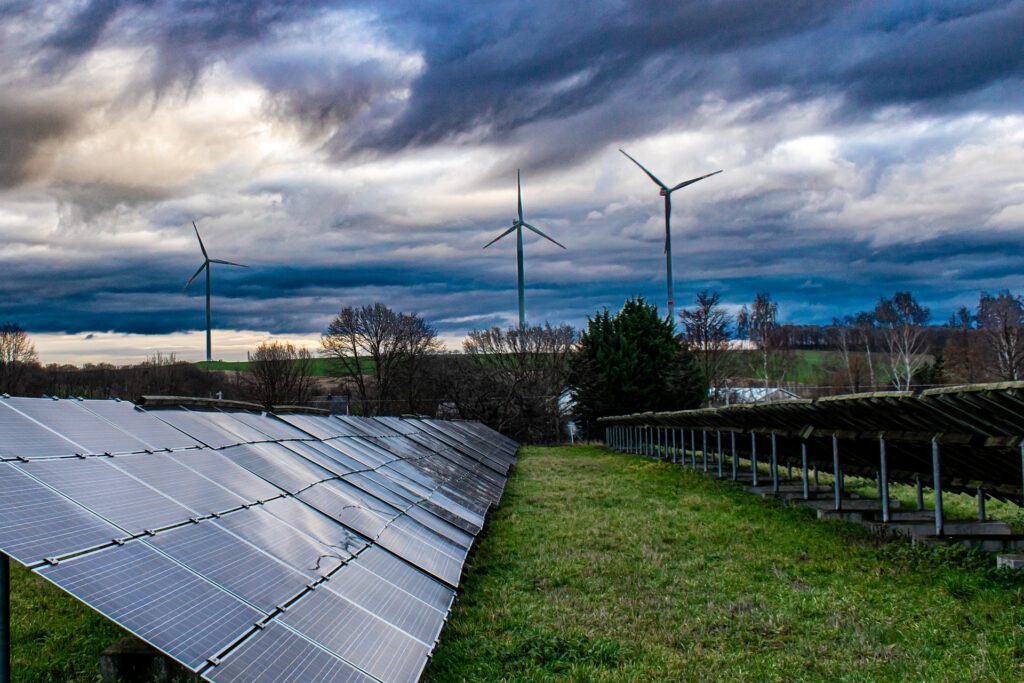Illinois recently passed a bill calling for 100% renewable energy use by 2050, joining over 15 other U.S. states and numerous U.S. cities in the quest to eliminate fossil fuels. If your organization has buildings/facilities in a state or city that is working towards 100% renewable energy, you’ll soon need to transition to procuring renewables like wind or solar to power your operations. And if you’re already using renewable energy, renewable energy generation tracking is a must.
In this article, we’ll explore what, exactly, renewable energy generation looks like and why you should be tracking it. We’ll also show how WatchWire can assist your company with the process.
What is Renewable Energy Generation?
Renewable energy generation sounds pretty simple at first. In essence, it means using renewable sources like wind, sun, or water to generate electricity. However, there are several forms that renewable energy generation can take. The most common form is distributed energy resources (DERs), which include more localized forms of generation (e.g., the solar panels your neighbor just installed on their roof). Renewable energy generated on a mass scale by wind farms, solar farms, or hydroelectric dams can be procured from an energy supplier or harnessed in the form of renewable energy credits (RECs) or green tariffs. Before your company can make the switch to renewable energy, you’ll have to decide which option is best for you.
Why Track It?
You can’t manage what you can’t measure. Just like it’s important to track your energy use to make sure you don’t have inefficiencies in your buildings, it’s important to track your renewable energy generation to ensure it performing up to par. For example, you should track and report actual production vs. guaranteed/warrantied production in order to true up against contracts. Also, this allows you to analyze contract-for-differences settlement values against various market hubs and your own energy load. Additionally, tracking your renewable energy generation allows you to:
- Quantify avoided utility cost and emissions
- Track portfolio carbon offset goals
- Prioritize additional renewable investments/deployments
How WatchWire Can Help
WatchWire provides one centralized platform to consolidate all onsite renewable production data (whether it is solar, fuel cell, battery, etc.) across multiple sites and vendors. WatchWire is vendor agnostic, delivering either a lagged or real-time data integration. Some existing integrations include: Tesla, SolarCity, Bloom Energy, Amplus, CleanMax, and NEFIN. With centralized interval level production, the production can be rolled up by capacity, technology, geography, and/or time period.
In addition, WatchWire can help you decide which form of renewable energy generation and/or procurement is right for you. Check out our e-book, The Essential Guide to Procuring Renewable Energy, for an in-depth look at DERs, RECs, green tariffs, and more.
Got Questions?
Curious about anything we covered here? Reach out to us on LinkedIn, Facebook, Instagram, or Twitter! If you’re interested in speaking to one of our renewable energy procurement experts, click here to contact us.
 Top Sustainability Trends to Watch in 2025
Top Sustainability Trends to Watch in 2025

 Log In
Log In








